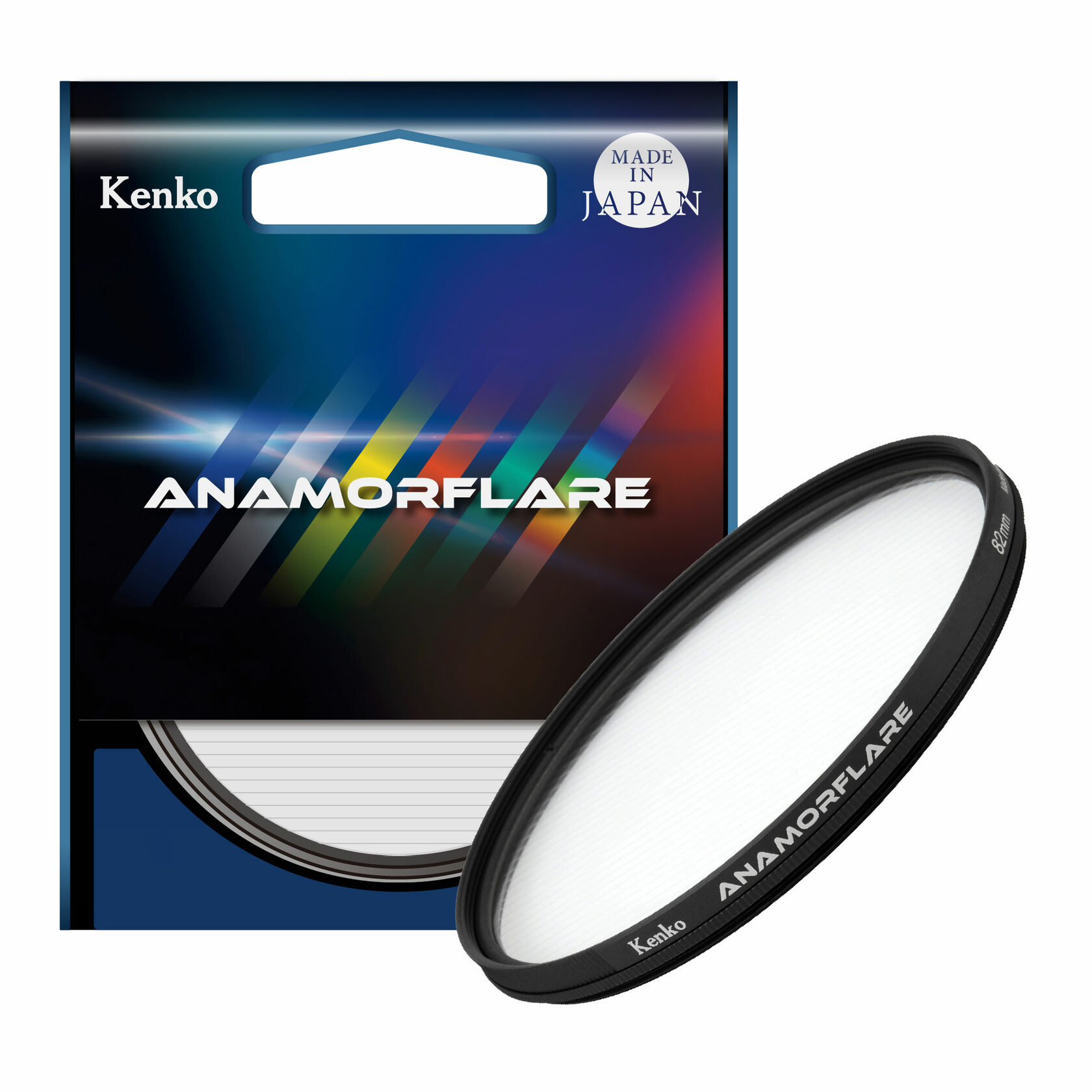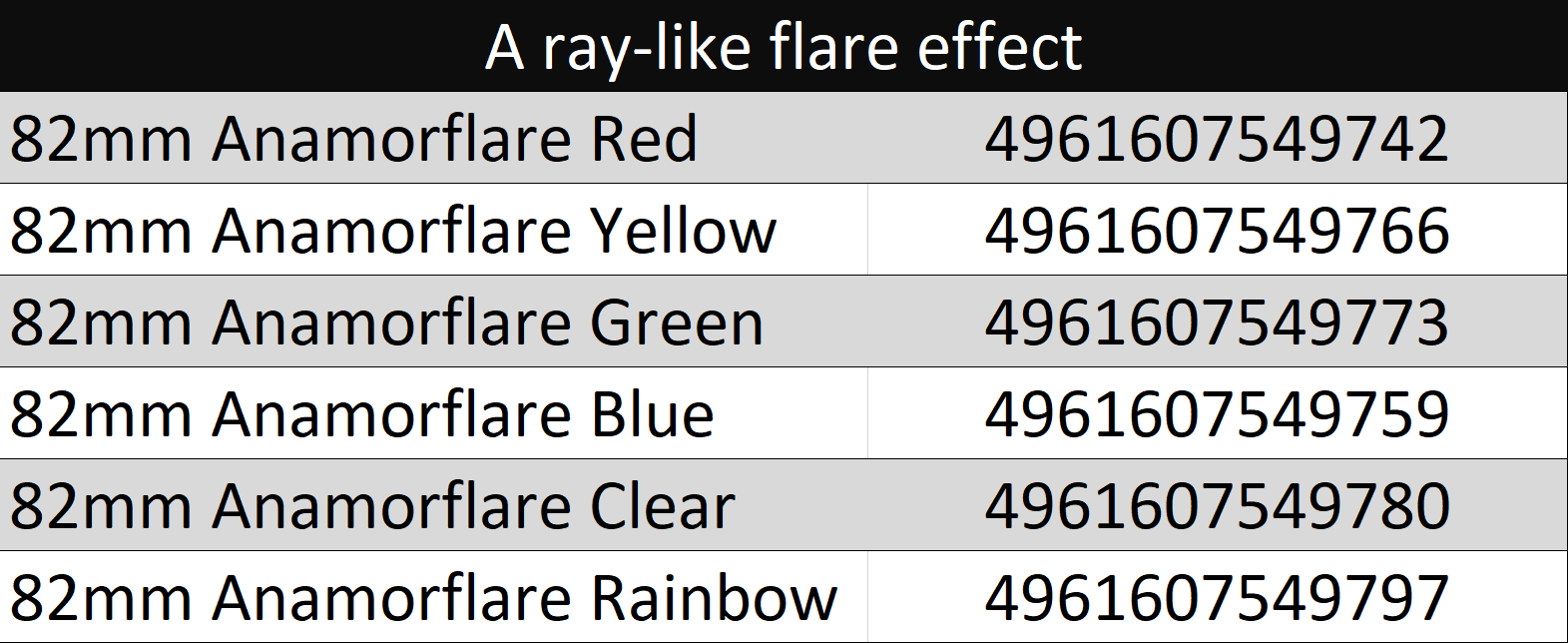


The Kenko Anamorflare filter produces a ray-like flare effect similar to anamorphic lenses which are popular in film production. Anamorphic lenses are an expensive gear, but with the Kenko Anamorflare filter you can easily create impressive light rays without impacting your budget. The Kenko Anamorflare filter comes in six types: Blue, Green, Yellow, Red, Clear, and Rainbow to enrich your way of expression.

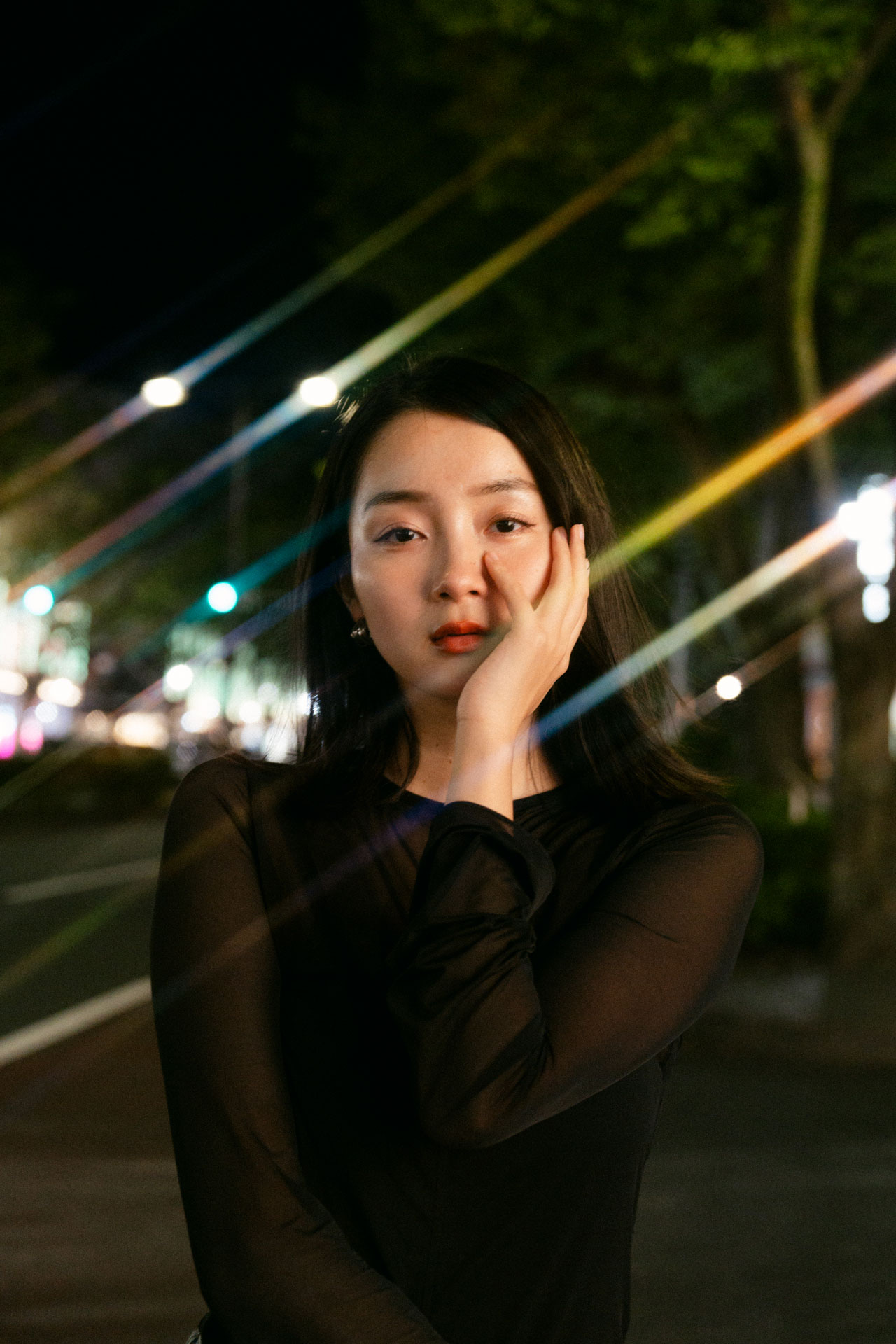
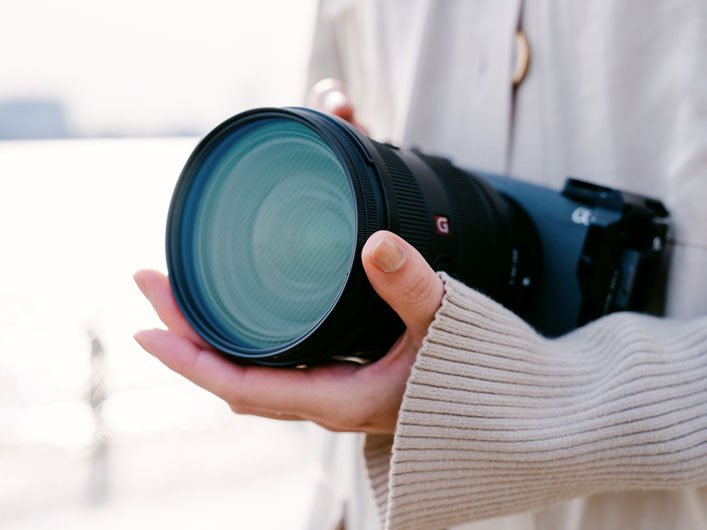

Anamorflare produces ray-like flares from strong light sources. The direction of the rays can be controlled by turning the front rotating frame allowing the rays to be positioned not only horizontally but also at at different angles.
With Kenko Anamorflare Rainbow
Change the angle of the rays
A ray-like flare effect
This effect can be applied to streetlights, electric lights, car lights, etc. when shooting night scenes, and to the sun, sunlight filtering through trees, and light reflected from water surfaces when shooting during the day.
The impressive flare can create dramatic effects in movies, promotional videos, cinematic vlogs, and photos.
The impressive flare can create dramatic effects in movies, promotional videos, cinematic vlogs, and photos.
Six color variations
The lineup includes six different color variations: Blue, Green, Yellow, Red, Clear, and Rainbow.
Select the most suitable color for the scenes's atmosphere and express your images and photos as you intent.
Select the most suitable color for the scenes's atmosphere and express your images and photos as you intent.
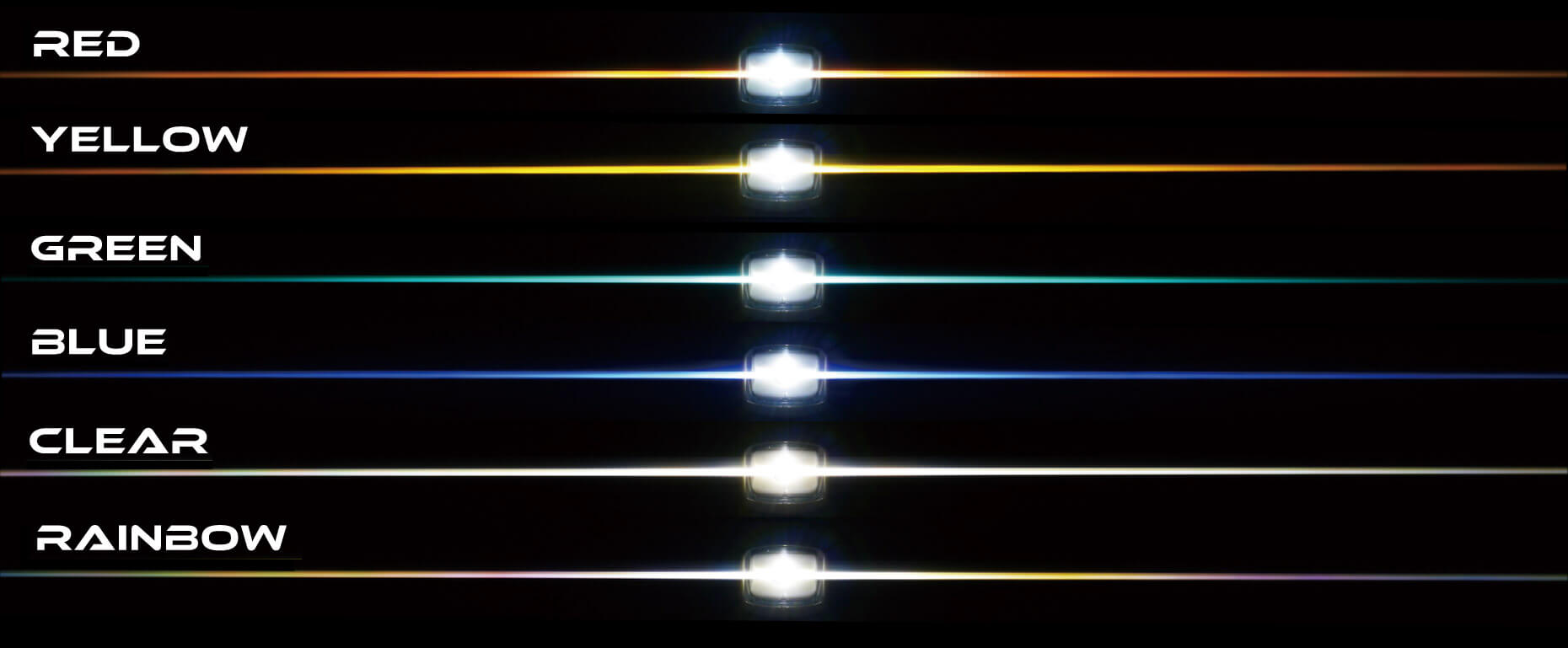
Tips on how to use
Anamorflare filters generate ray-like flares from strong light sources. By turning the front frame (rotating frame), the direction of the light beam changes, allowing you to set the light beam not only horizontally but also diagonally. When shooting night scenes, you can get effects such as street lights, electric lights, and car lights, and when shooting during the day, you can get effects such as the sun, sunlight filtering through trees, and light reflecting on the water surface. You can create a dramatic effect with an impressive flare in movies, promotional videos, cinematic Vlogs, and photo shoots.
Light source
Generates flares in the form of rays of light from a light source. It responds not only to point light sources but also to surface light sources. The larger the light source, the thicker the line.
The color of the rays varies depending on the light source. A colored light source, such as a signal, produces rays of the color of the light source. When the sunset is used as the light source, reddish tones will greatly affect the color of the rays. Areas close to a strong light source may have difficulty producing color. If light sources such as illuminations or street lights are so dense that the rays of light seem dull, use a composition with few light sources.
The color of the rays varies depending on the light source. A colored light source, such as a signal, produces rays of the color of the light source. When the sunset is used as the light source, reddish tones will greatly affect the color of the rays. Areas close to a strong light source may have difficulty producing color. If light sources such as illuminations or street lights are so dense that the rays of light seem dull, use a composition with few light sources.
Angle of light rays
The direction of the light beam can be changed by turning the front frame (rotating frame). When the line on the filter glass is vertical, the rays of light will appear horizontally.
If you take in light coming through a tree or through a window, the rays of light will be emitted at an angle, creating a glowing effect.
The rainbow can be rotated 180 degrees to change the order of the colors.
If you take in light coming through a tree or through a window, the rays of light will be emitted at an angle, creating a glowing effect.
The rainbow can be rotated 180 degrees to change the order of the colors.
Focal length
When used at wide angles, light rays may be distorted. If distortion is a concern, we recommend using a focal length of 50mm or longer.
Aperture
Using a wide-angle lens with a smaller aperture may break up the rays of light.
Focus
Focusing on a light source produces a narrow beam of light, while focusing on a person or other object and blurring the light source produces a thick beam of light. If it is difficult to focus on a light source using auto focus, try shifting the focus position slightly, such as a pillar at the base of the light source.
White balance
White balance can be set to "Auto". Set the white balance to "sunny" or set the color temperature to your liking. The color of light rays will vary depending on the type of light source, time of day, and other shooting conditions.
Striped pattern on ball blur area
Due to the structure of the filter, stripes appear in the out-of-focus areas. It may be interesting to take advantage of this unique effect.
